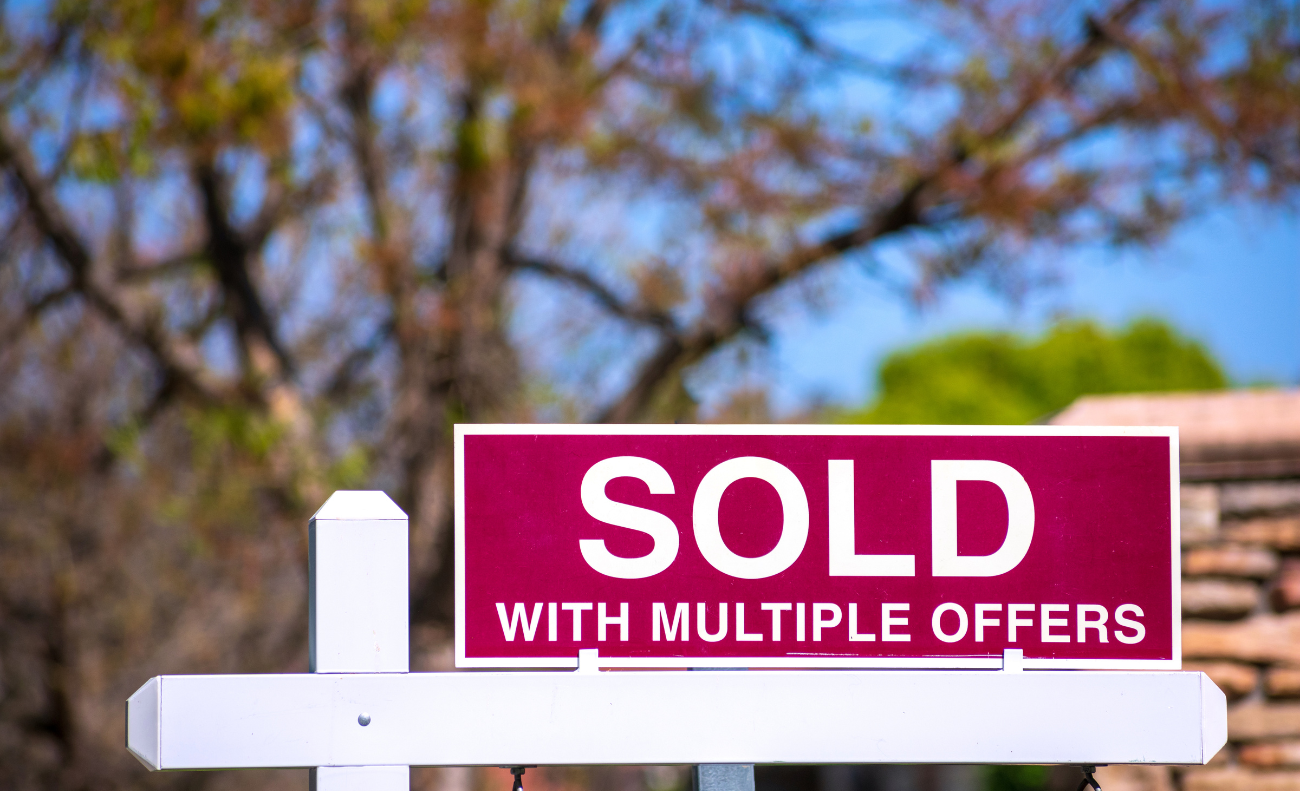
The Case for Multiplex Housing in Every Toronto Neighbourhood
As Toronto continues to grapple with an ongoing housing affordability crisis, one solution that is gaining traction is the construction of multiplex housing in every neighbourhood. Multiplex housing, which refers to the construction of small-scale, multi-unit buildings, has the potential to provide affordable, diverse housing options for Torontonians while also adding density to the city.
The benefits of multiplex housing are numerous. For one, it allows for the creation of smaller, more affordable units that are ideal for singles, couples, and small families. By contrast, many of Toronto’s newer developments are focused on large, luxury units that are out of reach for many residents.
Multiplex housing also has the potential to promote diversity within neighbourhoods. Currently, many neighbourhoods in Toronto are dominated by single-family homes, which can be prohibitively expensive for many residents. By introducing multiplex housing, neighbourhoods can become more diverse and inclusive, with a mix of different housing types and income levels.
Another advantage of multiplex housing is that it can help to add density to the city without sacrificing the character and charm of existing neighbourhoods. Unlike high-rise developments, multiplex housing is generally designed to blend in with the surrounding architecture and can help to preserve the unique character of each neighbourhood.
Of course, there are challenges associated with the construction of multiplex housing, including the need to navigate complex zoning regulations and ensure that new buildings are designed with the needs of residents in mind. However, many experts believe that these challenges can be overcome with careful planning and community engagement.
In recent years, several initiatives have been launched to promote the construction of multiplex housing in Toronto, including the City of Toronto’s Growing Up initiative, which encourages the construction of mid-rise buildings along major transit corridors. However, some advocates argue that more needs to be done to make multiplex housing a reality in every neighbourhood.
Ultimately, the case for multiplex housing in Toronto is a strong one. By creating smaller, more affordable units that are accessible to a wider range of residents, we can help to address the city’s housing affordability crisis while also promoting diversity and preserving the unique character of each neighbourhood. With careful planning and community engagement, multiplex housing has the potential to transform Toronto for the better.
